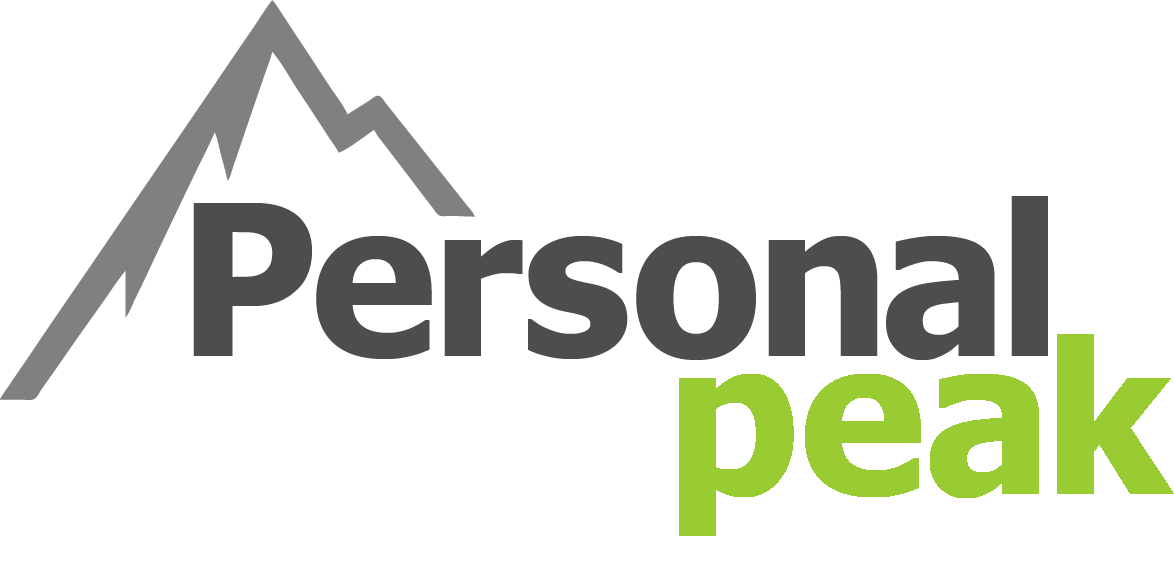Written by Derek Yip
At the start of 2020, I found out that I would be going back to Chamonix in France at the end of August for TDS, a 146km ultra marathon that starts in Italy and heads back to Chamonix for the finish. This wouldn’t be the first time I would be around Mont Blanc: in 2019, I completed UTMB, a 170km race that looped around the masif of Mont Blanc. I was looking forward to getting a much better result at TDS after months of training through Personal Peak.
To say that it’s been a rough time to be a runner who loves scenic trails in far away places in 2020 would be an understatement. Having said that, I was prepared for the eventuality that TDS would be cancelled given the risks present in such a large international race. It did get canceled at the end of May, but well before that I re-pivoted my efforts to shorter distances. By focusing on a little more speed, it would help my easy pace become even quicker when things got really long down the road.
Virtual races, while somewhat interesting, were still lacking for a community with physical presence, making it harder for me to push myself when things got tough. Still, the workouts I was doing seemed to have helped make my easy efforts go quicker.
On the Sunday before Canada Day (Wednesday), I got the inquiry from Coach Travis on participating in Matt Shepard’s attempt to break the Canadian 6 Day record. My initial thoughts were “no way could I pull this off with my current training focus”. But Travis assured me that I wouldn’t be expected to necessarily put in a heroic effort. (Edit from Travis: Derek’s effort would definitely fall into the category of heroic!)
Now, I had some initial ideas about how to attack this 6 day event. The first one being that I could try to PR the 100km distance and then coast around the next 5 days. It likely would have meant that I would have had a difficult time for much of the race, so I had to think harder, given my current state of fitness. I was actually unsure what an appropriate distance would be, so I figured just put a nice steady effort on day 1, recognizing the limits of my training. In this case, that limit being my longest run being no longer than 3 hours since UTMB last August. With that in mind, I figured a few sessions of a few hours a day would work best for me, with at least a couple hours separating the bouts of effort (and help stretch things out) and a regular sleep schedule at night (at least for the first several days). If I could make it through the first 4 days without any significant injuries, then I would be in more familiar territory come day 5, where I would be able to push through to the finish.
I drove the 7 hours from Calgary to Grande Prairie on June 30th, bringing along several pairs of road running shoes, enough clothing to cover me for 6 days and some of my own food choices (salt and vinegar chips, sour worms, apple pie, coke along with the standard fare of gels and drink powders). I also brought a full height air mattress that barely fit the 4-person tent, figuring I would need the comfort. Perhaps it was a little too much comfort!
At Legion Field, I would meet the other members of this race:
-
Shep, the runner attempting the 6 day Canadian record from nearby Valleyview
-
Keeley, another runner and coach for Personal Peak from even further distance than me in Medicine Hat
-
Xeata, Shep’s partner and key crew member for all 3 runners
Upon inspection of the track on the eve before the 6 day race, there were quite a number of wet spots covering the inner lane, which most definitely would add distance covered (but such extra distance would not be officially counted). The forecast indicated Canada Day by far would be the most wet day…
We started at 9 am, with little fanfare. Just steadily putting in the laps. I went at an easy pace with the other runners. The flooded inner lanes (in one case, inner 3 lanes) meant that we covered an additional 10% distance per lap. Soon, after a few hours, I stopped to take my first of what would be many breaks. I used the time off to get to terms with my rumble roller and lacrosse ball as I knew that mobility would be important throughout the 6 days. It would get pouring pretty hard and I was having a bit of trouble managing the warmth when I slowed down to a walk, something that would become a regular theme soon after. Additionally, wet feet became a concern so I changed my running shoes and socks. Way too early to have foot problems. At the end of the day, I covered 65km and then slept for the night.
I got up and covered another 15km before the 24 hour mark. It would be the middle of day 2 where things went really south for my right shin. It became tough to sustain a run for more than a minute, so I alternated between running and walking. Fortunately, the rain was not nearly as nasty as day 1. By the end of day 2 (48 hours in), I had 126km covered.
When I got up for day 3, I was really aching. I ended up putting in more sleep than I anticipated. I was down to a walk, unable to generate heat. The cool humidity meant that even with 4 layers on, I would still feel the chills. When I tried to briefly run, it felt a bit heavy when striking the ground. That gave me the idea that I should change to a shoe that was a little bit closer to the ground. Sure enough, it felt better. I ended up covering 40km on pretty much walking alone but knew if I was to have a fighting chance at getting to day 6, I’d have to back off on day 4. Total distance covered after 96 hours was 188km, meaning I just covered about 22km on the fourth day. I used a lot of the time to heal up and think of my approach to the last 2 days.
I’d wake up in day 5 in quite some pain, but slowly but surely, I would get moving. And rather than having some big long breaks, I took regular shorter breaks as more walking would keep things loose. Somehow, I put in over 60km by the end of day 5, with the weather much improved. I could see now that I can get to 200 miles, needing about 72km. It would require me to take smaller breaks (just enough to roll my muscles and get in some more calories) and minimal rest.
I get to day 6 on less rest, figuring a steady effort would get me through. Instead, day 6 proved to be the hottest day and I was feeling the cumulative effects of fatigue in spite of the regular sleep that I got in the earlier days. I slowed things down considerably and told myself I can get this done overnight. The night of day 6 would definitely see me out on the track for almost the entire time, with a couple of power naps. With about 3 hours to go, I knew the goal of 200 miles was going to be tight. But I kept moving (alternating between running and walking for 30 seconds) and sure enough, I got to 200 miles with a couple of minutes to spare. Absolutely relieved as I sat on the track.
Was it possible I could have covered more? In hindsight, yes. But it was so hard to tell when I was hurting if it was wise to push it sooner. Now I know better!
Some tips:
-
I normally do not listen to any audio when I am out on the trails, but on a track, it’s key to have some interesting things to hear. I was loaded with podcasts and audio books, restricting the music to the absolute lowest moments.
-
Have a large variety of running shoes at hand. For example, shoes that are waterproof would have come handy during the first day. Also, do not assume that maximally cushioned shoes are always appropriate. A minimalist option (such as a racing flat) works well on the rubberized track.
-
Don’t get overwhelmed by the amount of time left in the race. Just focus on the present moment to the best of your abilities.
-
A crew member is crucial to getting you more food options should they be needed (and they will). Xeata was very experienced and gracious in fulfilling such duties for this race that I could have easily forgotten all the upfront work that’s needed for such a successful outcome.
I am very thankful for Personal Peak in providing me this opportunity. While I am more of a trail guy, this experience has opened me up to the possibility of other timed races longer than 24 hours and 200 milers down the road.


